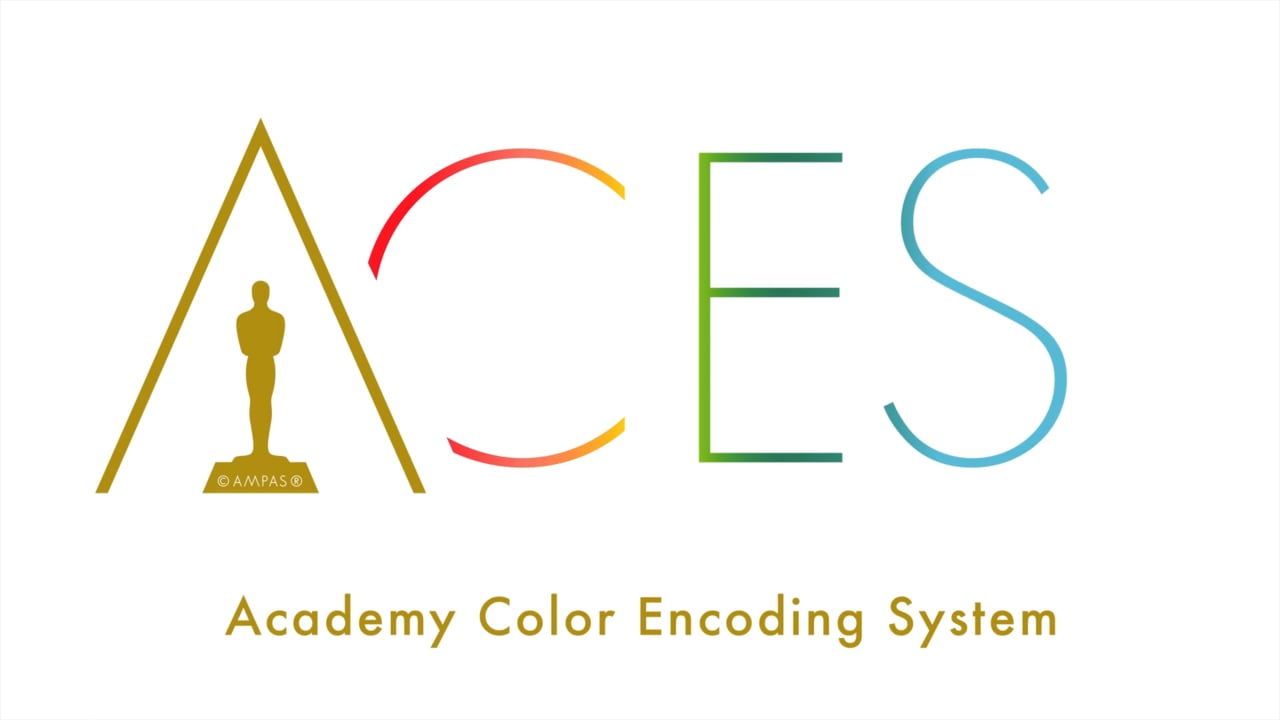¿Why ACES?
Technote
The answer will not be theoretical, but practical:
Simplifies.
The dynamic range and camera gamuts exceed what is reproducible by the monitors. Both photographers and colorists want to work with all the native information and not just with what a display could reproduce. That is why the Display Referred workspace is a compromise, since in this flow what all captured becomes just the displayable, which is equivalent to much less information.
The Scene Referred workspaces preserve all the native information of the scene captured, and ACES is a workspace capable of storing all that is comprehensible by the human visual system, dynamic range and gamut greater than what any camera can capture.
The behavior of the color algorithms varies according to the workspace, and to perform color correction, a cc variant of ACES is best, which is similar to the logarithmic space, very familiar to those who worked in Digital Intermediate ecosystems (DI) via Kodak Cineon. The grading functions for movies are no longer the classic video, such as Lift Gamma Gain (LGG), being replaced by Offset, Contrast, and Pivot.
In DVR, the "Log" functions for trackballs are those indicated for ACEScc.
This change usually bothers colorists who feel that in their trade they have already learned everything, and it turns out that the work they do so well with LGG - known as Telecine Style - in ACES does not get the results they expected. You have to migrate to DI Style.
After this point, ACES simplifies the exchange between color or VFx applications, thanks to the fact that this color management is open source, which facilitates its support by almost all software developers, and a large number of hardware manufacturers.
The behavior of the color algorithms varies according to the workspace, and to perform color correction, a cc variant of ACES is best, which is similar to the logarithmic space, very familiar to those who worked in Digital Intermediate ecosystems (DI) via Kodak Cineon. The grading functions for movies are no longer the classic video, such as Lift Gamma Gain (LGG), being replaced by Offset, Contrast, and Pivot.
In DVR, the "Log" functions for trackballs are those indicated for ACEScc.
This change usually bothers colorists who feel that in their trade they have already learned everything, and it turns out that the work they do so well with LGG - known as Telecine Style - in ACES does not get the results they expected. You have to migrate to DI Style.
After this point, ACES simplifies the exchange between color or VFx applications, thanks to the fact that this color management is open source, which facilitates its support by almost all software developers, and a large number of hardware manufacturers.
ACES is free, and anyone can support it.
Not only because it is free is it advantageous, but also its development is public. Working groups are defined from an open forum to propose future improvements to the system.
When reading a camera file, it is transformed first to ACES and then transformed into a visualization standard, ensuring continuity in calibrated monitoring.
The starting point for the photographer becomes the same as that achieved in the field monitoring, starting the Grading with the colorist from this initial reference.
The VFx department can receive files previously turned over to ACES, keeping the total of original camera data without needing to guess which is the correct representation of this exr file. The balance of the colorist is applied in the ACES space without losses or exported as metadata to a composer in such a way that the composition is made on the native image, before the balance but monitored with the applied balance.
VFx's roundtrip is now perfect.
The final step of grading, which consists of the mastering settings for different Display SDR and HDR technologies, is facilitated in ACES because the color has been made over a total space, visualizing through a relative transformation towards a specific Display. When modifying the output to a display with a different standard requires the colorist to make a small adjustment or Trim Pass, to avoid loss of detail in lower gamut or dynamic range standards, but without needing to redo the Grading completely.
Summing up, ACES facilitates monitoring, the starting point of grading, the compatibility between applications, the roundtrip with VFx and the multi-mastering process.
Summing up, ACES facilitates monitoring, the starting point of grading, the compatibility between applications, the roundtrip with VFx and the multi-mastering process.
